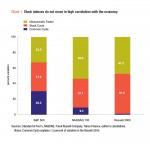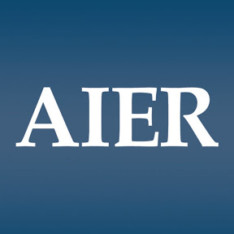July Business Conditions Monthly
If quantitatively measuring an $18 trillion economy is difficult, qualitatively assessing economic conditions is downright Herculean. Six years into the expansion, the U.S. economy has produced mixed results. No part of it gets more attention than the labor market, and for good reason. Employment conditions are a key driver of consumer spending, which accounts for about 70 percent of gross domestic product (GDP). Also, the Federal Reserve’s mandate includes “promoting maximum employment.” So labor market conditions are key to deliberations over interest rate increases. Accordingly, the labor market has been the focus of much press attention, commentary, and analysis.
This month we review aspects of America’s labor market and find that while deficiencies persist, substantial gains have been made, producing record numbers of payroll jobs and job openings (Chart 1). Among the important resulting implications are the high probability of the first increase in the Fed funds target rate since 2006 and the potential for faster wage growth, which could boost consumer spending, raise pricing pressures, and squeeze corporate profits. These are signs of a strengthening economy and are consistent with the latest results from our Business Cycle Conditions leading indicators index.





